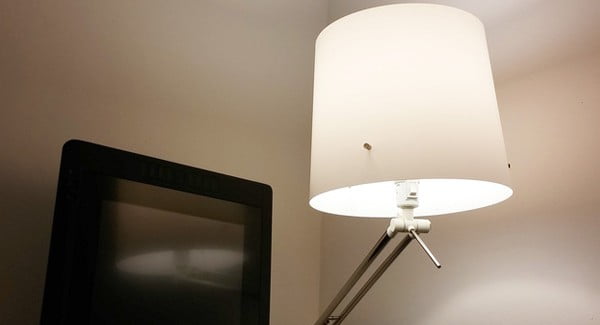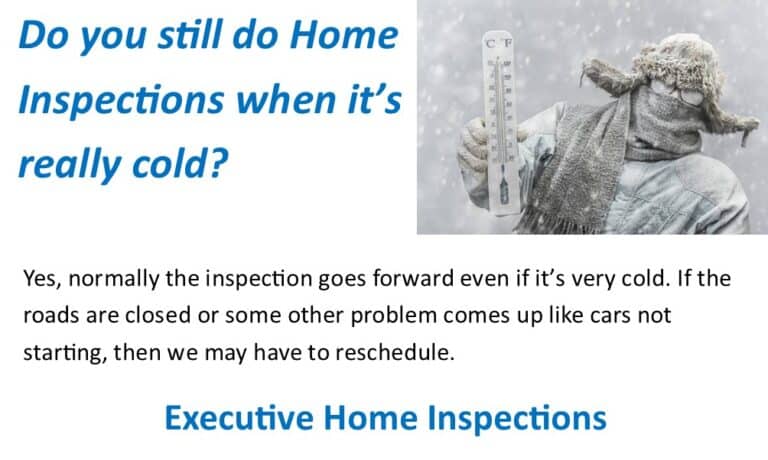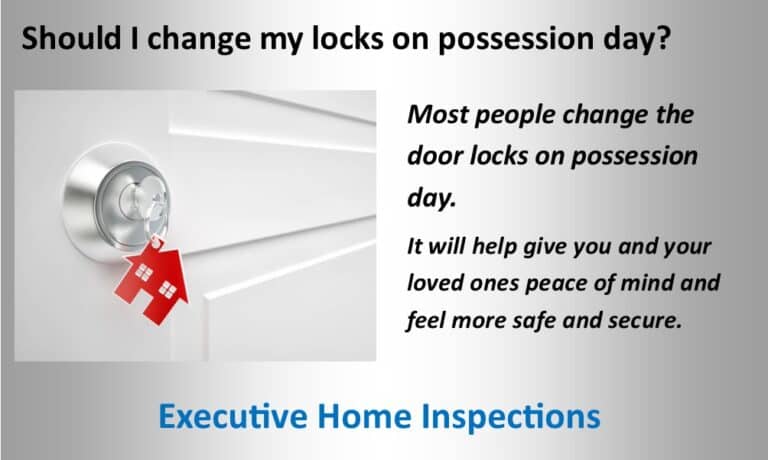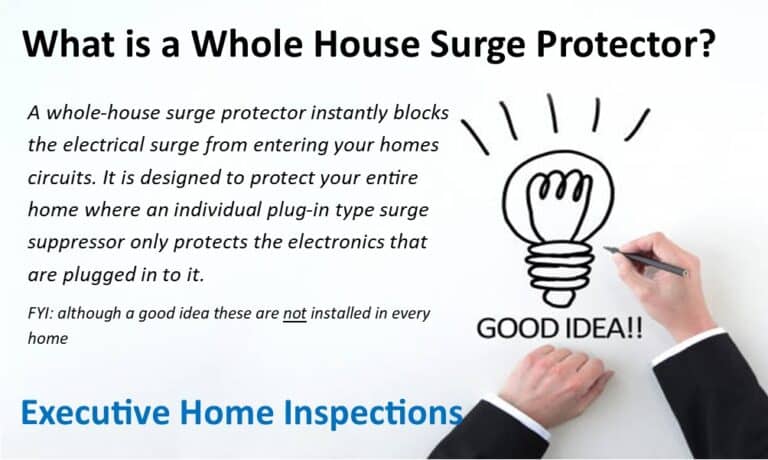
Maintenance costs are the most variable expense in a rental property. It is hard to know just how much you will spend on repairs and replacements every month. That’s because you can never fully predict what is going to go wrong with your building.
This is not just a problem with rental properties; every building has this issue. But it is worse with rental properties because unlike your primary home, the rental property is occupied by tenants. Tenants do not have the same incentives to look after a rental as the owner or manager.
This poses a huge threat to the building and to the success of your property management business. How do you, as a property manager, ensure that tenants do not misuse your rental property? You do not want massive repairs at the end of each lease.
The answer is to inspect the rental regularly throughout the lease.
Why you should inspect your rental properties

Inspecting a rental property will help you:
- Establish a baseline of what the property looked like at the beginning of a tenant’s lease. The inspection provides you and the tenant with an objective means for deciding if the property has been damaged by the tenant.
- Identify tenant behaviors with the potential to damage your rental property and act early to keep those actions from causing problems. If you do not inspect the rental, you must wait until the end of the lease to discover the harm that has been done.
- Prevent disputes with tenants and make it easy to assign financial responsibility for any damage to the property. Inspecting a rental when empty also gives you the chance to do what you need to do to get it ready for the next tenant.
But how often should you inspect a rental property?
This is an important question since your tenant has a right to quiet enjoyment of the property. If tenants are not properly informed about the inspection and the visits are not well timed, they could become a source of conflict.
How often should you inspect a rental Property?
There are four main periods when you should inspect your rental property

· End of lease Rental Property inspections
This inspection serves a simple purpose; to determine if the tenant has inflicted any damage on the rental property apart from the effects of normal wear and tear. Typically, it is done after a tenant has moved their belongings out of the home.
Ideally, the tenant should inform the property manager and both parties will walk through the home checking it for damage. The current state of the rental is compared against its condition when the tenant first moved in to see what has changed. The outcome of the inspection determines if the tenant gets back all or part of their security deposit.
· Move-in inspections
This inspection happens before a new tenant moves into the rental. Given that most times the property manager has already fixed the damage to the rental, this inspection is really not about detecting defects in the home.
Instead, it serves the goal of establishing an agreement between the manager and the tenant on what the home looked like before the rental was handed over to the tenant. The records generated during this inspection are what the property manager uses to assess the level of damage after the lease ends.
· Quarterly inspections
They are the only inspections that actually involve the manager going into the rental while the tenant is still living in it. These inspections are capable of being viewed as intrusive by the tenant.
Quarterly inspections involve an examination of the entire rental. It is usually scheduled to coincide with the seasonal maintenance of the property. The property manager can use the time when the HVAC, landscaping, and other areas of the home are being prepared for the coming season to also inspect the home.
· Drive-by inspections
Property managers can conduct drive-by inspections as many times as they want. The inspection does not involve the manager entering the rental. They simply will drive past the home and view it from the outside.
How to inspect your rental property

The goal of inspecting a rental property is to save you money and inject transparency into your dealings with tenants. But these goals will only be met if the inspections are carried out with competence. In order to meet your objectives, the inspections should have the following:
- The must be done according to a checklist.
- The evidence must be captured in several formats that leave no room for disputes.
- Those records must easily be accessible from anywhere.
A systematic approach when inspecting your rental property is the only way to get consistent results with minimal fuss. You only get that kind of home inspection when you hire a professional home inspector for your rental properties.
The professional inspector will help you create an inspection schedule that will not bother your tenants. They make it easy to detect violations of the lease that you could missed if you inspected the home by yourself.





